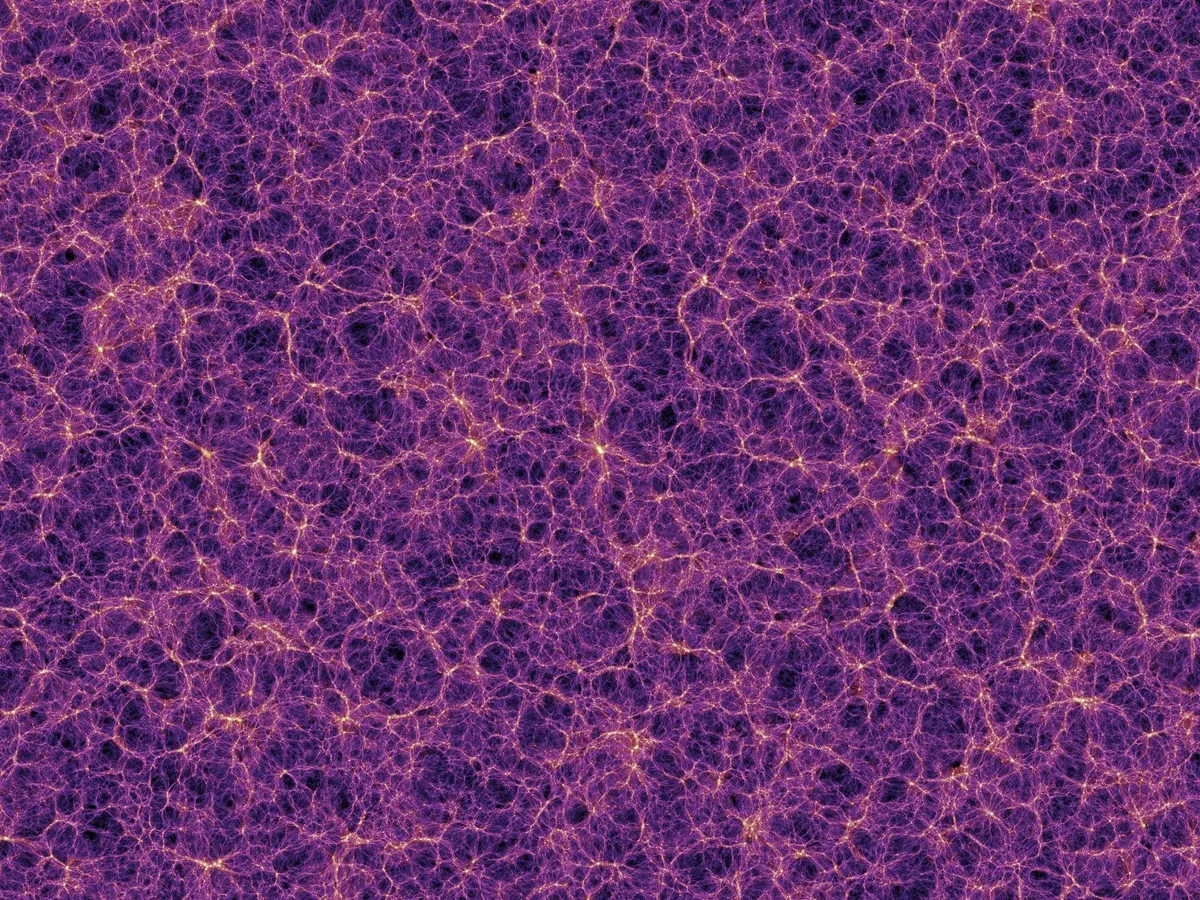By analysing the relic radiation left over from the Big Bang (the ‘Cosmic Microwave Background’), astronomers have found that the Universe is 13.8 billion years old.
Since light travels at a finite speed, any objects more than 13.8 billion lightyears distant are too far away for light to have travelled to us during the lifetime of the Universe.
This defines what astronomers call the ‘observable Universe’, that is, the parts of the Universe we can actually see.
Measurements of the motion of galaxies show that the Universe has been expanding ever since it came into existence.
So, the regions of space that lie at the edge of the observable Universe are now much further away than when the light we see was emitted.
Astronomers do not yet know in detail how the expansion has evolved over time.
However, if we assume the rate of expansion has stayed the same for the last 13.8 billion years, the edge of the observable Universe would lie about 46 billion lightyears away in every direction.
The observable Universe is thus a sphere with a diameter of about 92 billion lightyears and a volume of about 410 nonillion (410 thousand billion billion billion) cubic lightyears!
Unfortunately, we can never observe anything beyond this finite limit.
But there is no reason to suspect this limit is an actual edge to the Universe or that what lies beyond this, if it exists, has an edge at all.

Is the Universe infinite?
The question whether the wider Universe is finite or infinite depends on its geometry.
Einstein’s General Theory of Relativity allows three shapes, or geometries, for the Universe:
- Flat
- Closed
- Open
It is difficult to envisage these but they can be compared to a sheet of paper (flat), a sphere (closed) or a saddle (open).
The geometry of the Universe depends on its total density and its rate of expansion.
Over the past few decades astronomers have measured these quantities and found that it is almost certainly ‘flat’.
This may mean the Universe is infinite, but it may also mean its geometry is just very complex, though still finite.
Other studies have recently suggested the Universe is actually ‘closed’, and therefore finite.
But, even if the Universe is finite, it does not have to have an edge, in the same way that the surface of the Earth is finite but unbounded.
So, frustratingly, astronomers are currently unable to say whether the Universe is infinite or finite.

What about the non-observable Universe?
So, can we say anything about the size of the Universe beyond the ‘observable’? Not much.
One idea is that if the cosmos expanded at the speed of light during its earliest inflation phase, then it should be 100 sextillion (1023) times bigger than the observable Universe.
Other researchers performed a clever statistical analysis of measurements to determine the most likely model.
They concluded that the Universe is at least 250 times larger than the observable universe, or 7 trillion lightyears across.
But, ultimately, science has no reliable estimate of the actual size of the entire Universe.

